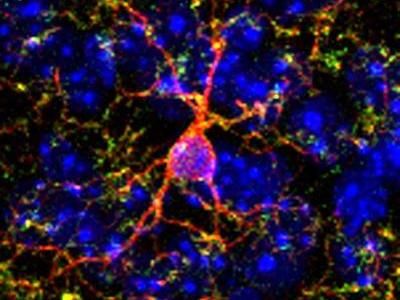Collaborative preclinical efficacy studies suggest a new target for drug addiction treatment
Advertisement
In preclinical studies, researchers at SRI International and Astraea Therapeutics have recently evaluated the role of a new drug receptor target that shows promise for the treatment of drug addiction.
This potential new drug target belongs to a class of receptors called the nicotinic acetylcholine receptors (nAChRs). One subtype of nAChRs, called alpha4beta2 is a well-known target for nicotine's addictive effects and the therapeutic effect of the smoking cessation drug varenicline. SRI researchers are now studying another, lesser-known subtype, called alpha3beta4 nAChR, which has recently shown to play a role in the addictive properties of cocaine, morphine, and nicotine.
Using AT-1001, a highly selective alpha3beta4 compound developed by Astraea Therapeutics, SRI researchers found that addiction processes could be disrupted. In preliminary studies, AT-1001 also reduced nicotine withdrawal symptoms such as anxiety.
Because addictive drugs act on the brain's "reward circuit," many people compulsively take them despite their harmful consequences. Feelings of pleasure are caused by the release of brain chemicals, or neurotransmitters, and their increased activity in the brain reward circuit. The key neurotransmitter in the reward circuit is dopamine, which produces changes in addictive behavior. Researchers speculate that disruption of the alpha3beta4 nAChR system using highly selective drugs such as AT-1001 may interrupt this reward circuitry.
"Currently, there are no therapeutics approved to treat addiction to stimulants such as cocaine, so it is intriguing to find a promising drug receptor target and to see that AT-1001 can indeed affect phenomena that are thought to be deeply tied to the addictive nature of cocaine and other drugs of abuse," said Taline Khroyan, Ph.D., Senior Behavioral Pharmacologist in SRI's Center for Health Sciences.




















































